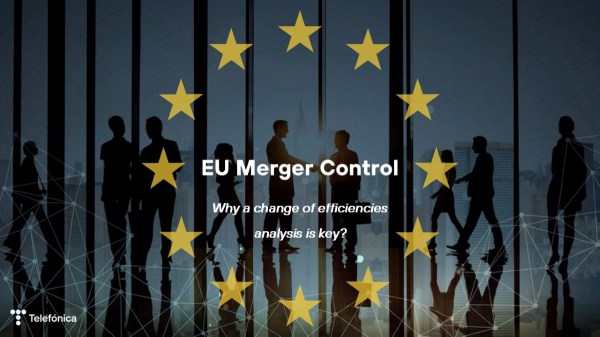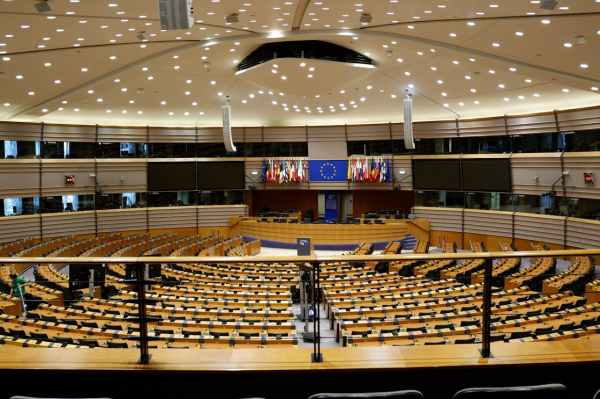Telefónica has recently submitted its contribution to the European Commission’s consultation on the draft revised Market Definition Notice. The draft rules update the 1997 Market Definition Notice taking into account the developments on the application of market definition.
The Draft Notice provides further guidance concerning Market Definition principles and quantitative techniques, non-price elements such as innovation and quality, structural transitions, digital markets, and innovation-intensive markets.
By redefining markets more appropriately, taking into account the new competitive constraints posed by digital players and new market structures, the Commission will better contribute to the EU’s resilience objectives.
The new rules allow for a more accurate definition of market realities
First, the Draft Notice gives leeway to the Commission to recognise new market realities. It confirms that the Commission it is not bound to apply the definition of a relevant market from past decisions in future cases (Commission Notice, section 11). In this regard, Telefónica has persistently contended that market definition should always be undertaken on a case-by-case basis as markets are continuously evolving.
Secondly, the Commission is ready to take into account expected short-term or medium-term structural market transitions when they would lead to effective changes in the general dynamics of demand and supply (Commission Notice, section 16). In this respect, Telefónica contends that an accurate market definition analysis should always include a forward-looking assessment, not only when as expressed in the Draft Notice, “the case calls for it”.
Thirdly, Telefónica welcomes a more detailed assessment of market definition in specific circumstances. In particular, the introduction of a sufficiently flexible definition for multi-sided platforms, and the greater emphasis given to “non-price elements”. As to multi-sided platforms, the Draft Notice introduces the valuable consideration that where separate markets have been defined for the products offered on each side of the platform, network effects and constraints from the other side of the platform may still be considered in the competitive assessment.
Telefónica has witnessed a progressive evolution in market dynamics
Market dynamics have significantly evolved since 1997’s Market Definition Notice. New market structures (e.g. verticals) and digital players have rapidly entered the markets in which Telefónica operates, namely the telecommunications and audio-visual (“AV”) markets. Telefónica is confident that the Commission will include in the market definition new entrants with the potential to affect the demand and supply dynamics.
- In the recent years, the telecommunications markets have been facing competitive constraints from companies outside the sector, such as digital players and vertical market structures. These companies have irrupted in the sector through, inter alia, the acquisition of spectrum, and the provision of audio-visual services, cloud services and internet services via satellite. Accordingly, the competitive pressure that non-telco players exert needs to be considered in market definition of telecommunications markets.
- Particularly, the Audio-visual (“AV”) sector in which Telefónica is active, has been facing increasing competition from new business models vertically integrated (OTTs). An accurate market definition in the AV sector should consider the competitive pressure that new business models exert in Pay-Tv and in the wholesale commercialisation of AV content and TV channels.
Market definition as means to contribute to EU´s competiveness
In terms of general competition policy, the Draft Notice specifically mentions that the purpose of competition policy is to preserve well-functioning markets while addressing market failures and contributing to the twin green and digital transitions.
The Draft Notice establishes that competition policy contributes to EU’s objectives of resilience and prevention of dependencies (Commission Notice, section 2), as it ensures that markets remain open and dynamic. Telefónica is confident that, by re-defining markets more appropriately, considering new competitive constraints posed by digital players and new market structures, the Commission will better contribute to the EU’s resilience objectives.
Telefónica believes that the EU needs to review its regulatory frameworks and competition policy to preserve its competitive capacity. The Next Generation EU goals namely, the twin energy and digital transitions should be supported by pro-investment and pro-innovation policies, including a refreshed application of competition policy which better serves those transitions.









